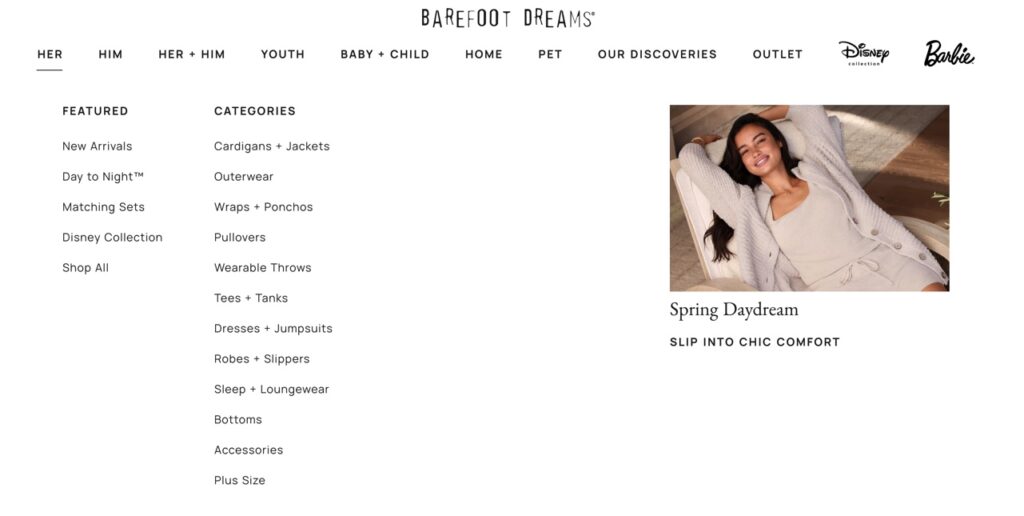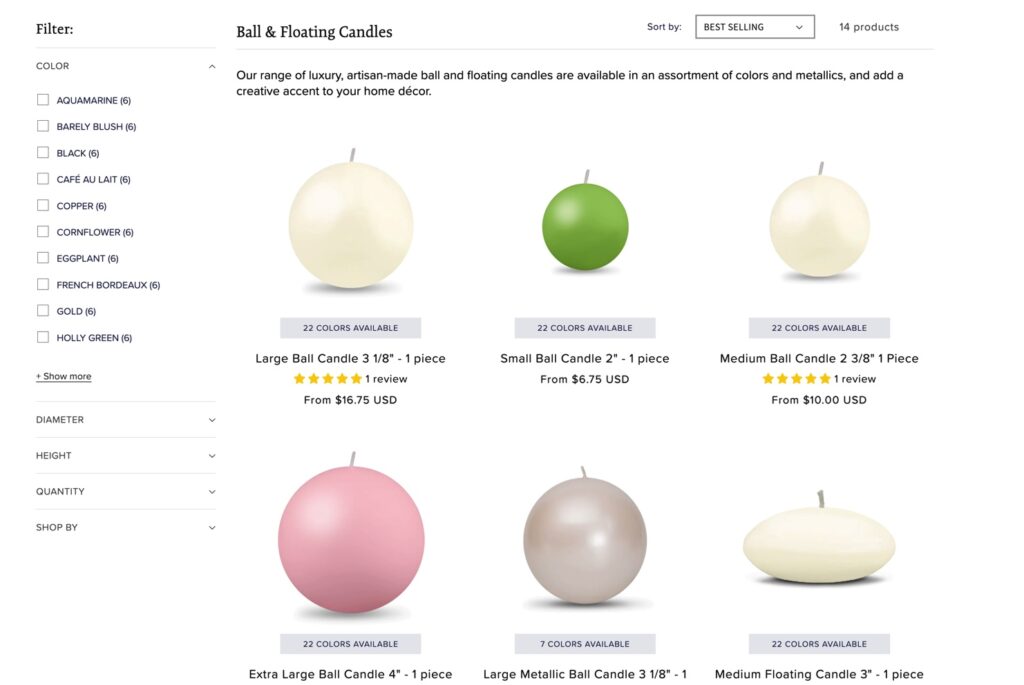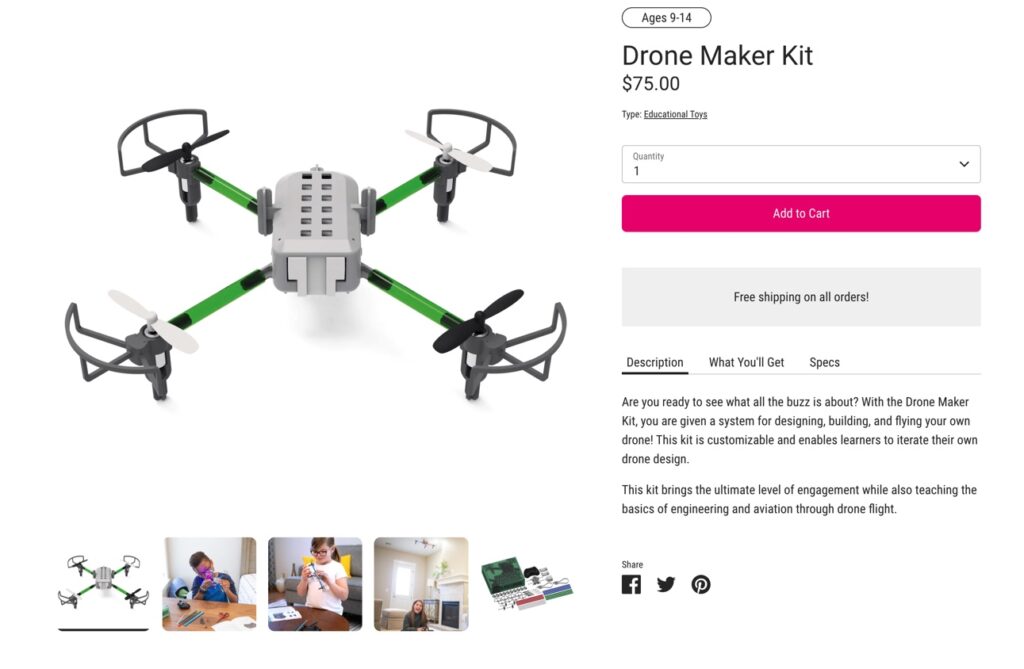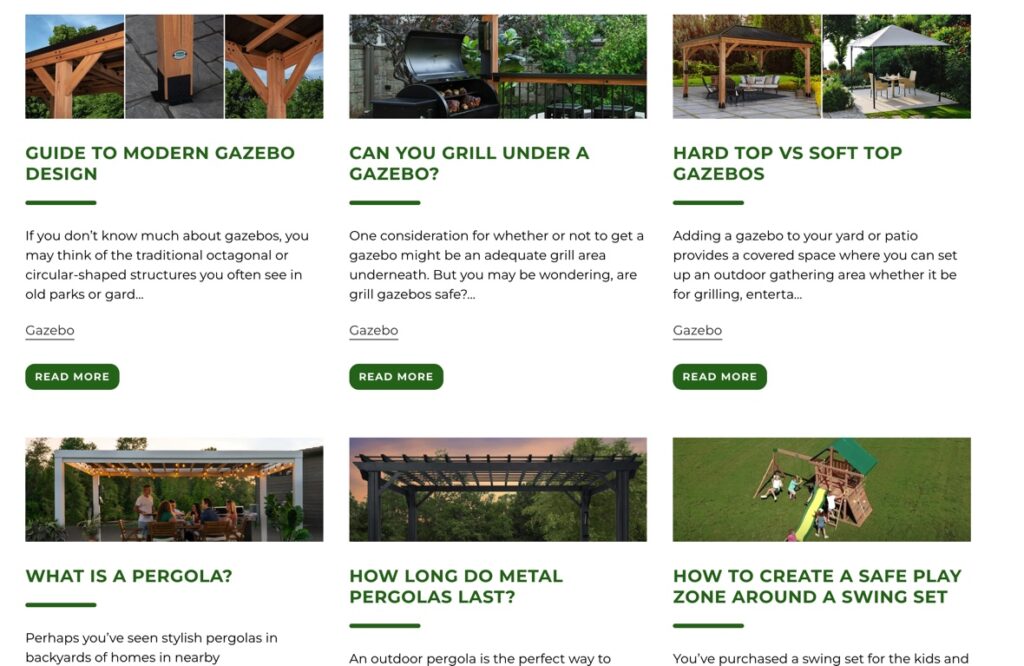Shopify is the one of the most popular ecommerce platforms for online shops today, and for good reason. Its interface is simple to use and helps retailers showcase their inventory online easily. But once your Shopify site is launched, how do potential buyers find you through Google?
In this guide, we will go over some of the most basic SEO tips to help get your Shopify site indexed, crawled, and outrank the competition.
Make sure Google can find you
Before you skip ahead to content and keyword research, you cannot optimize for Google Search without first addressing technical SEO.
Google crawls and indexes a near-billion sites per day. It’s imperative to ensure your online Shopify site and all its products doesn’t get skipped over. We go into this more in-depth in our technical SEO guide, but here are few basic items you should prioritize:
- Set up Google Search Console and submit a XML sitemap
- Use a tool like Screaming Frog to flag any pages that are marked incorrectly as “nonindex” and/or are blocked by robots.txt
- Check for broken links and images and redirect appropriately. (Think ahead before you remove those out-of-stock products!)
- Optimize for page speed by auditing your Core Web Vitals score
Prioritize site architecture and internal links
Remember when we mentioned Google crawls over a billion sites per day? Well, that not only includes your homepage, but all your collections and product pages as well. There is no guarantee that every single page on your site will get indexed by Google, but there are strategies to make sure your most crucial pages do.
First, you need to look at your website through the eyes of a GoogleBot. Google’s automated web crawler reads every webpage through HTML code (avoid Javascript when possible) and follows a sitemap through internal links. Internal links tell Google what pages are the most important and what needs to be prioritized for indexing.
The most important internal links are first found through the navigation. That’s why it’s vital to make sure your most important pages can be found easily through the homepage.
As you can imagine, this gets complicated for ecommerce websites, who typically have a long list of collections and products that require priority. You’ll want to outline a strategy that balances both SEO tactics for the navigation with user experience (UX), so that you don’t clog up the entire menu and create a poor experience for shoppers.
When outlining a new navigation, we recommend thinking of your experience in a grocery store. As you go through each aisle, the signs help guide you with a few top-level examples of what can be found–but it’s not a comprehensive list. However, you know that you can find a box of spaghetti along with a jar of tomato sauce all in the same aisle where the sign simply says “Pasta”.
Here’s an example from Barefoot Dreams. They do a solid job of outlining each of their apparel categories, without overwhelming the user.

Optimize collections pages
When it comes to internal links, this gets a little more complicated with collections pages on Shopify. Shopify automatically creates a new collection page every time you create a new product category, and over time this can lead to index bloat—aka Google prioritizing low-value pages over high-value pages. Make sure to have a strategy in place when creating new collections, including keyword research.
Another thing to keep in mind with collections pages, is that this can often be the first impression a potential buyer will have of your brand if they reach your site through Google. Make sure to optimize the page with UX in mind so that users can easily find the product they are looking for.
Creative Candles collections pages are a good Shopify example for shoppers. There are multiple options to filter and sort properly according to preference, alongside reviews and color options on each listing.

Optimize product detail pages
This is the landing page where your users will convert to buyers, so it’s vital to make sure these pages can be found through Google. Here are some recommendations we have when it comes to optimizing product detail pages:
- Perform keyword research. Tools such as Ahrefs or SEMrush can help you find what people are searching for through Google, as well as what keywords competitors are already ranking for. You’ll want to curate a list of strategic keywords to optimize each detail of the product listing, including the URL, title tag, meta description, alt text, H1 heading, and the body description.
- Submit your product listings to Google Merchant Center. Work alongside your paid search team to make sure your product feed gets properly submitted and shows up in Google Shopping for both paid and organic options.
- Add customer reviews. This is not only important for buyer trust, but it builds trust with Google as well. Reviews are a core component of how Google chooses to rank product listings in its algorithm.
- Enhance the listing with high-quality content. Provide more resources on what the product is and why users should add it to cart. FAQs, videos, competitor comparisons, are all good examples of what you can add. Check out this Shopify product listing from STEAMbright for more inspiration.

Create engaging content
Creating content optimized for SEO will not only ensure your Shopify site ranks for long-tail keywords, but it will also help elevate your shop above your competitors and give you a leg up when it comes to buyers engaging in shopper comparison.
Creating a robust ecommerce content strategy can include a number of ideas including:
- Blog posts
- Product videos
- Gift guides
- Discount landing pages
Content can be distributed through a number of channels including social and email, but it all first starts with organic keyword research. This will help guide you in creating content that your buyers want, not what you think they need. (You’d be surprised at how many unanswered questions can be uncovered through this process!)
We recently implemented a SEO content strategy for an outdoor retail brand on Shopify. Through multiple landing pages and blog posts, we helped grow their non-branded keywords on page 1 of Google in less than 3 months!

Looking for SEO assistance for your Shopify site?
Feeling overwhelmed? We don’t blame you. SEO can feel complicated, but it doesn’t have to be. This guide only scratches the surface of how to implement a strong organic strategy for your Shopify site. If you want to learn more, feel free to reach out to our team with your questions or to set up a consultation.



